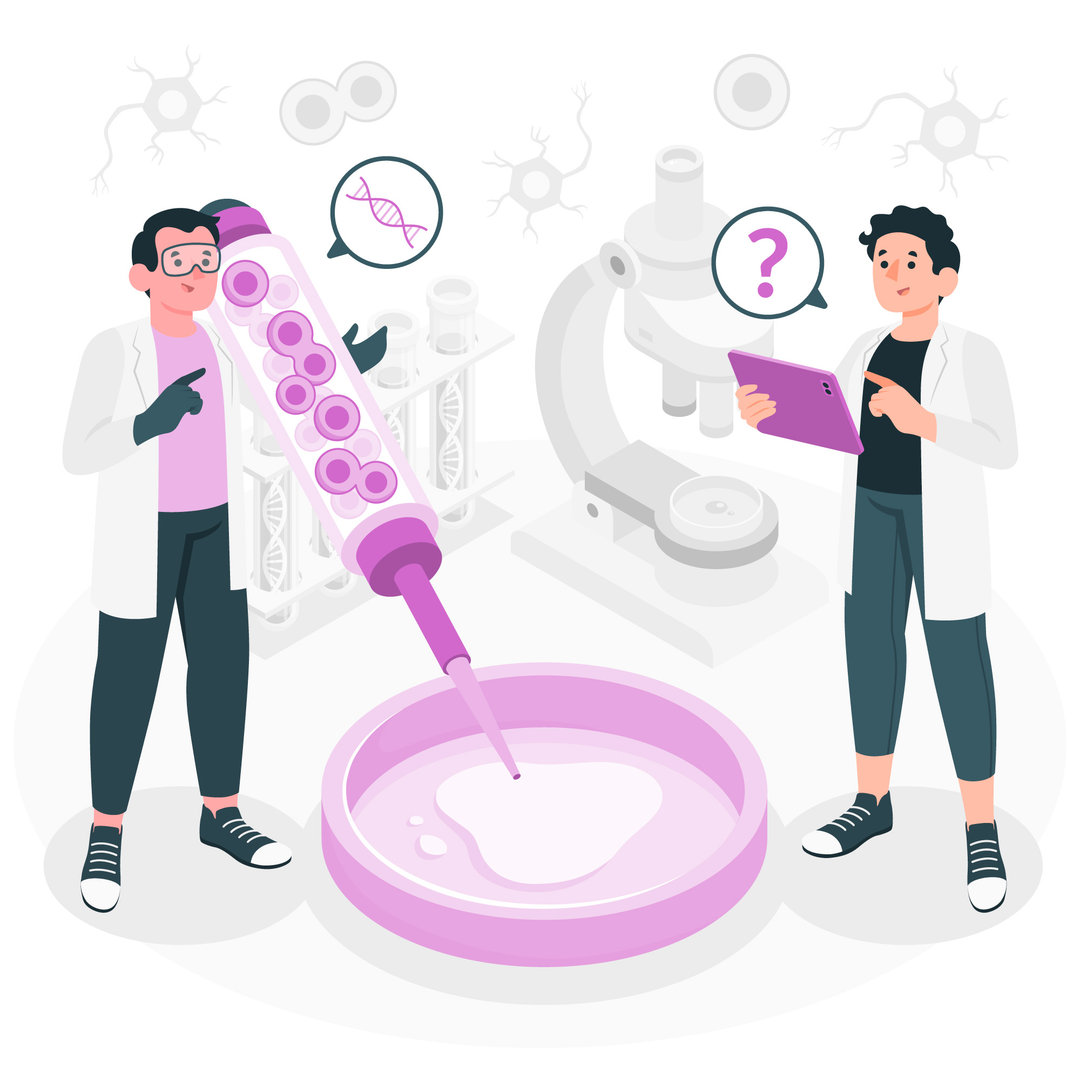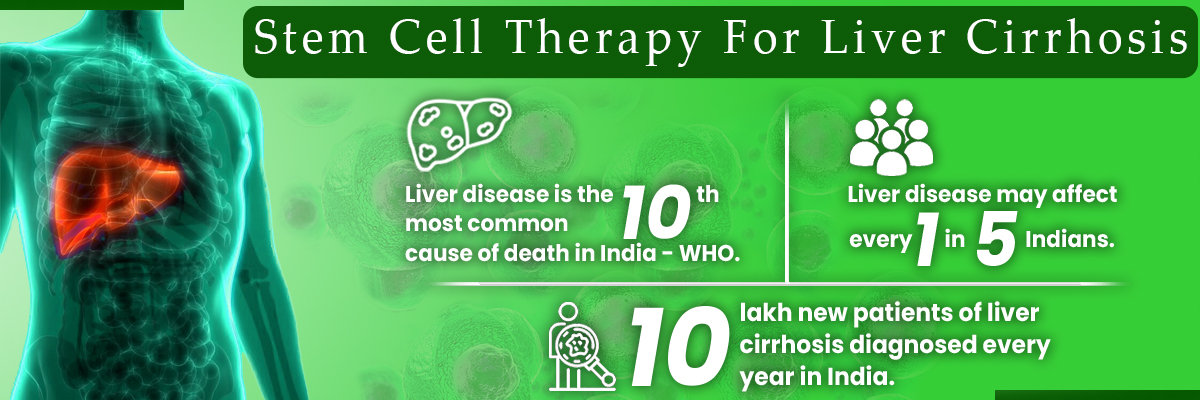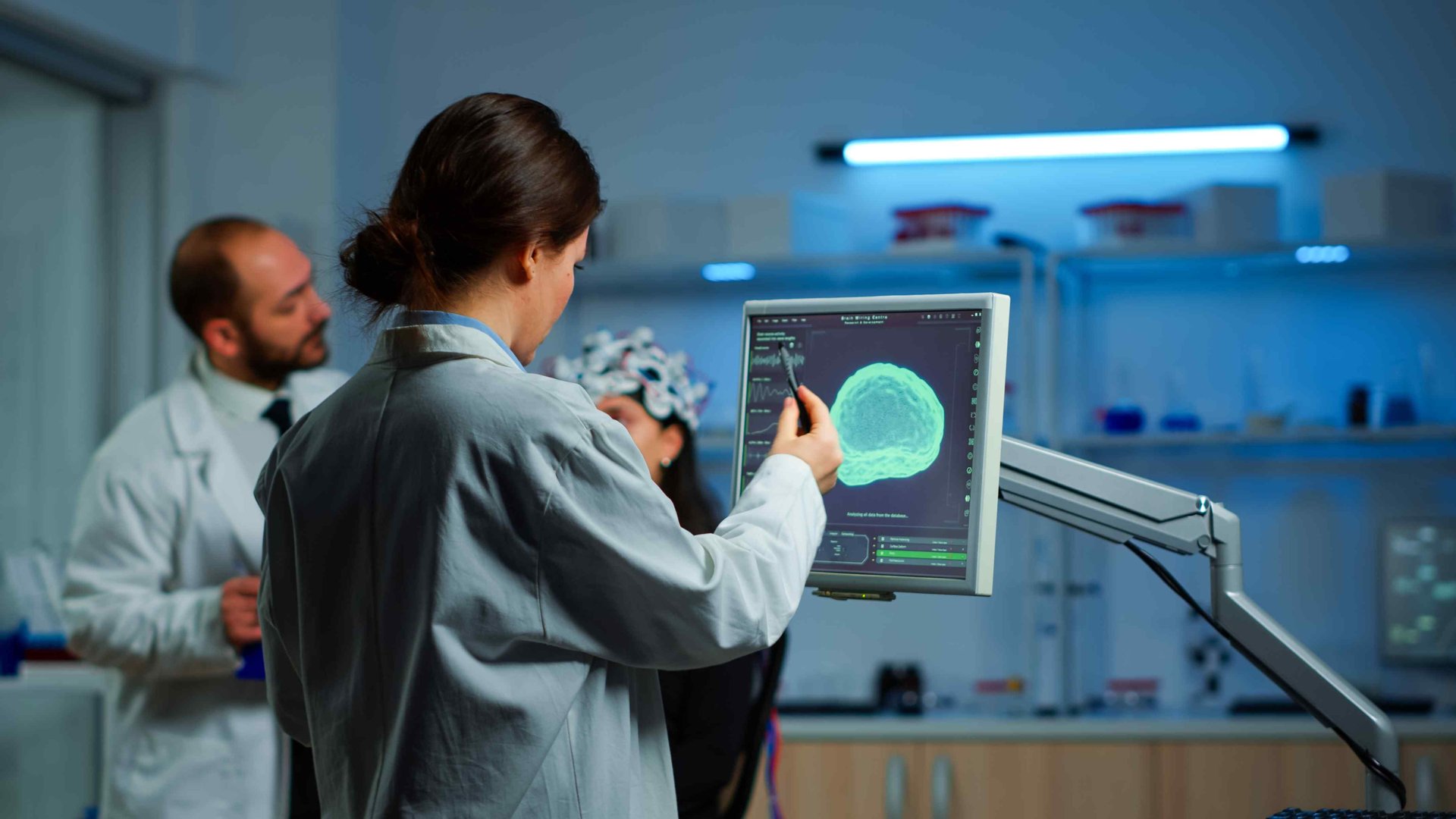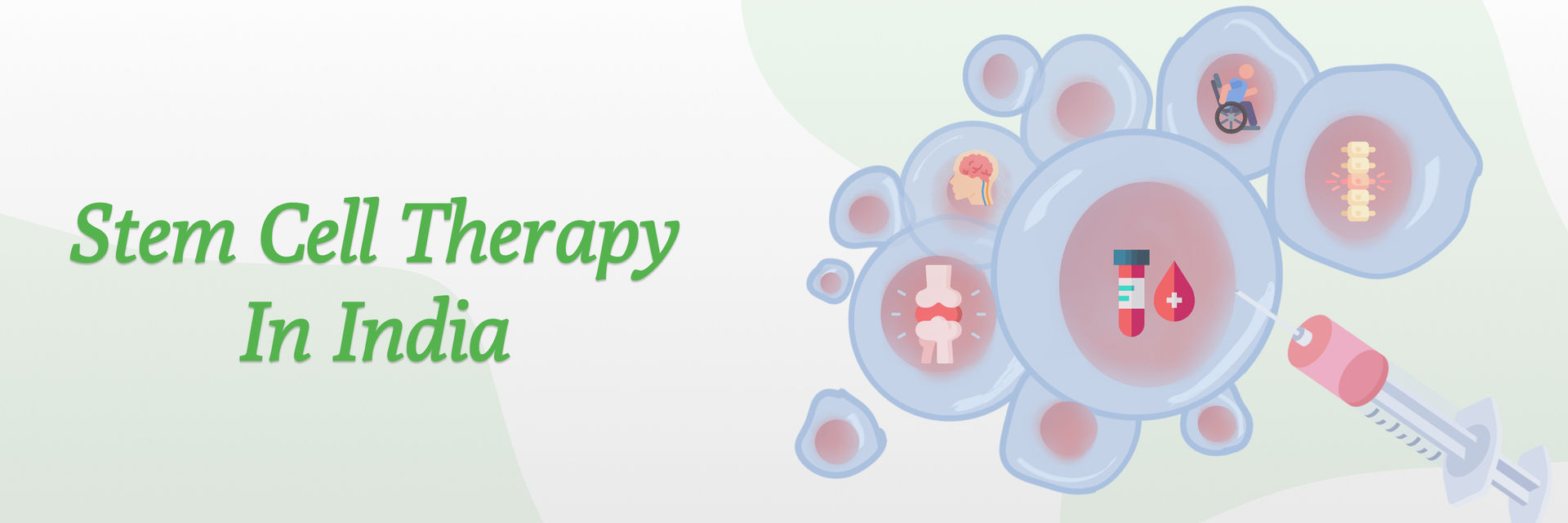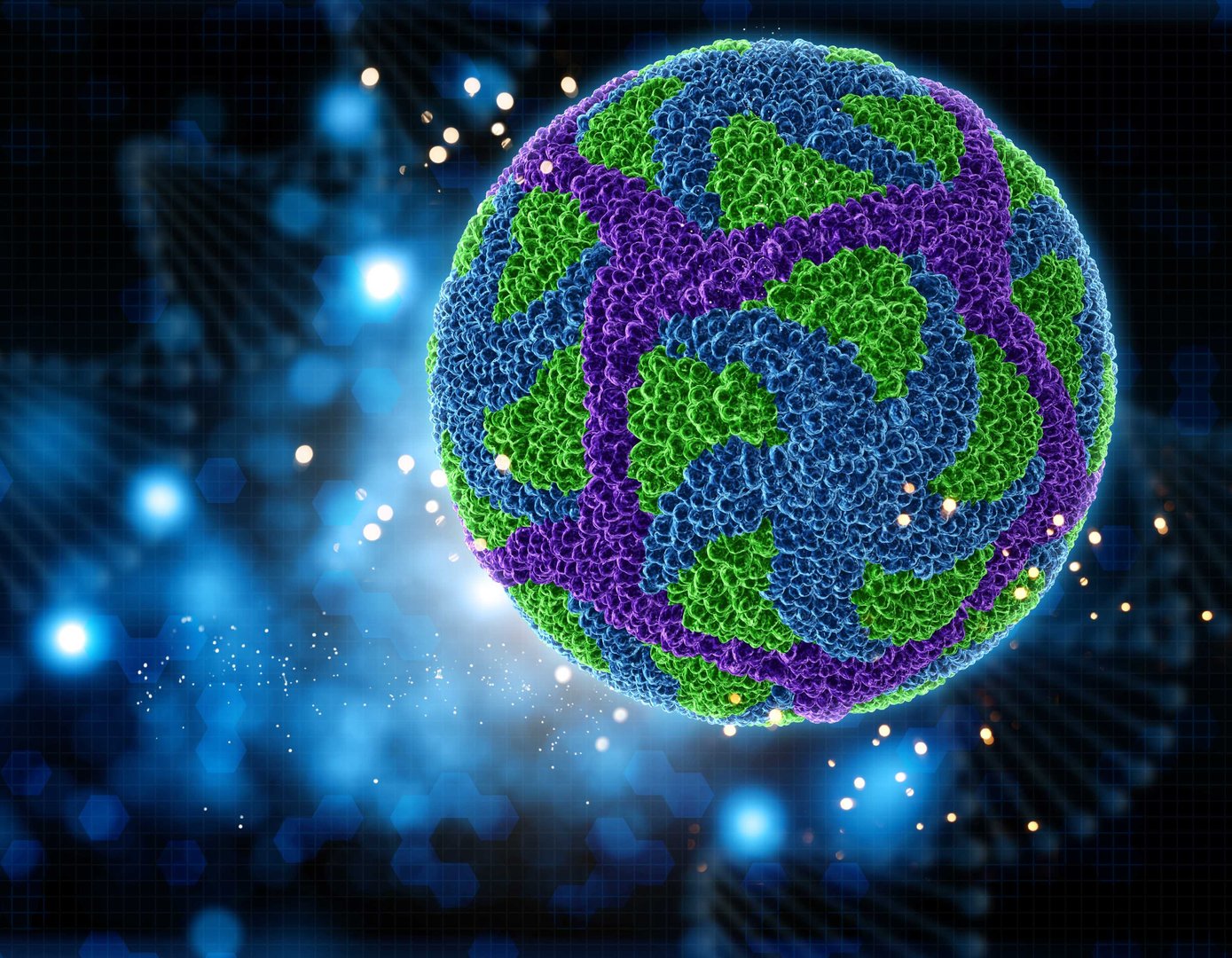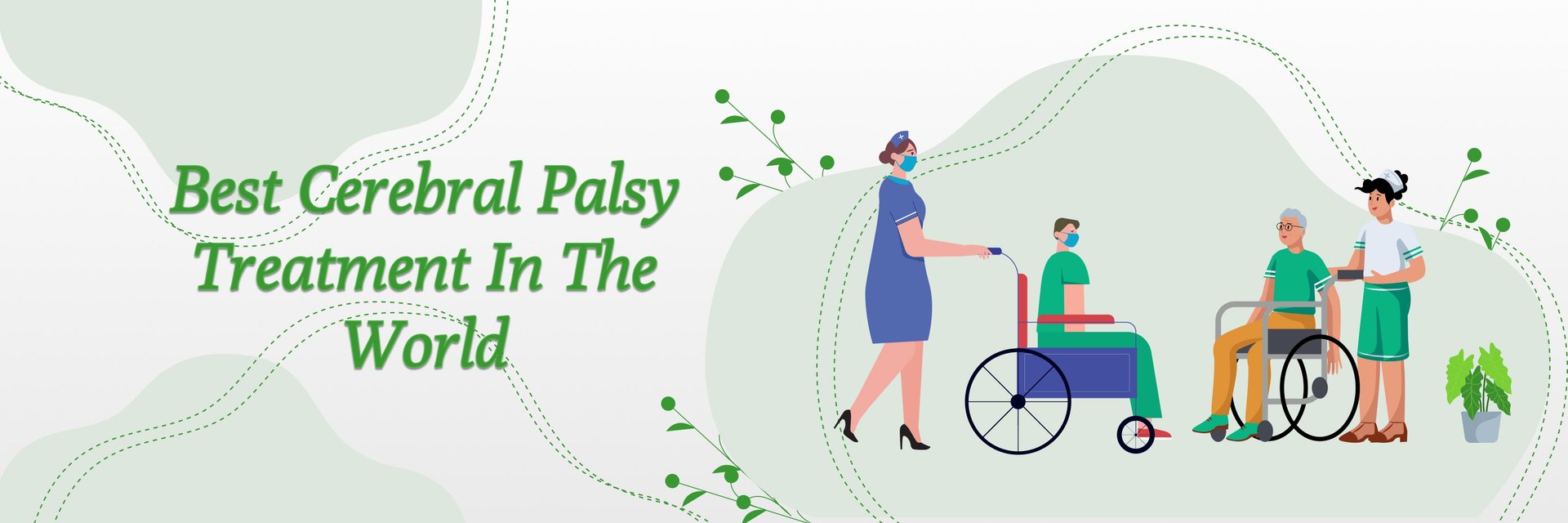Overview:
Back pain is one of the most widespread health issues of our time, impacting people from all walks of life — from office workers and athletes to the elderly and even young adults. Whether caused by poor posture, long hours at a desk, manual labor, spinal injuries, or simply the natural aging process, chronic back pain can take a serious toll on your daily life.
From struggling to get out of bed in the morning to being unable to lift your child or sit comfortably for long hours, back pain doesn’t just affect your body — it affects your mental well-being, social life, and professional performance.
According to the World Health Organization (WHO), back pain is the leading cause of disability worldwide. Shockingly, over 619 million people globally suffer from some form of back pain at any given time. And this number is only expected to rise.
Are You One of Them?
- Do you wake up with stiff or aching muscles in your back?
- Have you tried everything — from painkillers and heat pads to chiropractic care and physiotherapy — with little to no lasting relief?
- Are you worried that spinal surgery might be your only option?
- Do you feel like back pain is preventing you from living a full, active life?
Don’t Let Back Pain Control Your Life - Enquire now and discover a personalized treatment plan that fits your needs. Book online doctor consultation in minutes.
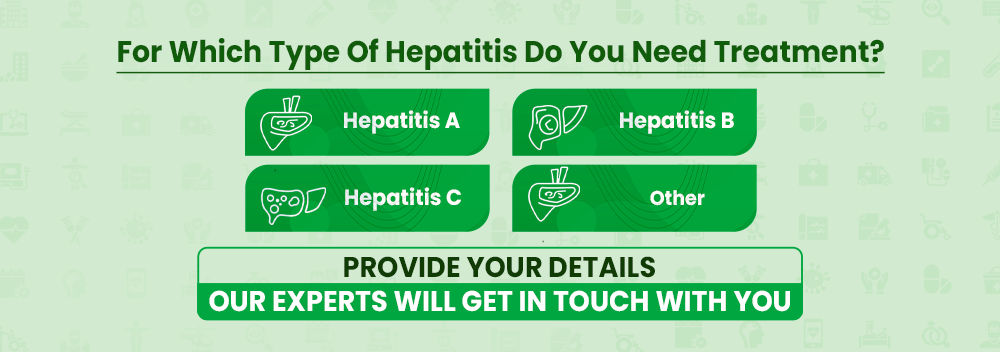
What is Stem Cell Therapy for Back Pain?
Stem cells are powerful cells in your body that have the ability to regenerate and repair damaged tissues. In stem cell therapy, these cells are used to rebuild damaged spinal structures, reduce inflammation, and restore mobility—all without the need for major surgery.
Leading hospitals and regenerative medicine centers in India are now offering cutting-edge stem cell treatments for various types of back problems. This regenerative therapy can bring long-lasting relief to those who have exhausted other treatment options.
What Types of Back Pain Can Stem Cells Treat?
Stem cell therapy is rapidly gaining ground as a powerful treatment for a wide range of back pain and spinal conditions, both common and complex. By harnessing the regenerative power of stem cells, this innovative therapy helps to repair damaged tissues, reduce inflammation, and enhance mobility, offering long-term pain relief without surgery.
Here’s a detailed look at the spinal conditions where stem cell therapy has shown promising results:
1. Degenerative Disc Disease (DDD)
Condition Overview:
Degenerative Disc Disease occurs when the spinal discs — which act as cushions between vertebrae — begin to wear down due to aging, overuse, or injury. This leads to pain, stiffness, and decreased mobility.
How Stem Cells Help:
Stem cells promote the regeneration of disc tissue, restore hydration and elasticity, and reduce chronic inflammation. This not only eases pain but can delay or prevent further disc degeneration, offering a long-term alternative to spinal fusion surgery.
2. Herniated Disc
Condition Overview:
A herniated disc happens when the soft inner portion of a spinal disc pushes through a crack in the tougher exterior. This can compress nearby nerves, causing sharp pain, numbness, or weakness.
How Stem Cells Help:
Stem cell injections into the affected disc stimulate healing and reduce inflammation. By restoring the damaged tissue, they help relieve nerve compression and restore function—potentially avoiding the need for surgery like discectomy.
3. Spinal Stenosis
Condition Overview:
Spinal Stenosis involves the narrowing of the spinal canal, which puts pressure on the spinal cord and nerves. It often results in numbness, pain, and weakness in the back or legs.
How Stem Cells Help:
Stem cell therapy may regenerate spinal tissues and improve the cushioning and space between vertebrae. This can reduce nerve compression and alleviate symptoms without the need for spinal decompression surgery.
4. Sciatica
Condition Overview:
Sciatica is caused by irritation or compression of the sciatic nerve, leading to sharp pain that radiates from the lower back down to one or both legs.
How Stem Cells Help:
Stem cells help to soothe inflammation around the sciatic nerve and repair surrounding tissues, improving nerve function and offering lasting pain relief from this often-debilitating condition.
5. Facet Joint Osteoarthritis
Condition Overview:
This form of arthritis affects the facet joints in the spine, causing joint degeneration, stiffness, and localized back pain, especially with movement.
How Stem Cells Help:
By injecting stem cells directly into the facet joints, the treatment can stimulate cartilage regeneration, reduce inflammation, and restore joint mobility—leading to enhanced spinal flexibility and reduced pain.
6. Sacroiliac (SI) Joint Dysfunction
Condition Overview:
SI joint dysfunction occurs when the sacroiliac joints (where the spine meets the pelvis) become inflamed or unstable, causing lower back and pelvic pain.
How Stem Cells Help:
Stem cells injected into the SI joint area repair damaged ligaments and joint tissues, reduce inflammation, and restore joint stability, allowing patients to move more freely and with less pain.
7. Spondylolisthesis
Condition Overview:
Spondylolisthesis is a condition where one vertebra slips over the one below it, causing spinal instability and back pain. It can be caused by stress fractures, arthritis, or birth defects.
How Stem Cells Help:
Stem cell therapy can support the regeneration of damaged spinal tissues, including intervertebral discs and vertebrae. It may also stabilize the spine by strengthening the surrounding muscles and ligaments, offering a non-surgical alternative for patients with mild to moderate cases.
Unlike traditional treatments that only manage symptoms, stem cell therapy addresses the root cause by regenerating damaged tissue. It's a minimally invasive procedure, often performed on an outpatient basis, with faster recovery times and reduced risks compared to conventional back surgery.
Eligibility Criteria for Stem Cell treatment for back pain
You may be a good candidate if you:
- Suffer from chronic or degenerative back pain
- Haven’t found relief with medications, physiotherapy, or injections
- Want to avoid invasive back surgery
- Are in overall good health to support healing
- Understand that the treatment is experimental and have realistic expectations
Discover if stem cell therapy for lower back pain is the right solution for you - Book a consultation with our experienced medical advisors and take the first step toward a pain-free life.

Types of Stem Cell Treatment Used for Back Pain
Stem cell therapy for back pain is not a one-size-fits-all solution. The type of stem cell treatment recommended depends on your specific spinal condition, overall health, and treatment goals. Here are the two main types of stem cell therapies commonly used to treat back problems:
1. Autologous Stem Cell Therapy
Source: Your own body (usually bone marrow or adipose/fat tissue)
How it works:
In this approach, stem cells are harvested from your bone marrow (typically from the pelvis) or adipose tissue (usually from the abdomen or thighs). These cells are then processed and re-injected into the damaged area of your spine, where they promote natural tissue repair, reduce inflammation, and regenerate spinal structures.
Benefits:
- No risk of immune rejection or allergic reaction
- Uses your own biological material
- Effective for conditions like degenerative disc disease, herniated discs, and facet joint arthritis
2. Allogeneic Stem Cell Therapy
Source: Donor-derived (from healthy, pre-screened individuals)
How it works:
This method uses stem cells sourced from a donor, often from umbilical cord tissue or placenta. These cells are highly potent and ready for therapeutic use. Allogeneic therapy may be recommended when a patient’s own stem cells are insufficient in quantity or quality due to age or underlying health issues.
Benefits:
- No need for cell harvesting from the patient
- May offer stronger regenerative potential
- Suitable for more complex or advanced back problems
Which Stem Cell Therapy Is Right for You?
Choosing the right treatment depends on factors like:
- Your age and overall health
- The severity of your spinal condition
- Your body’s natural healing capacity
Curious about which stem cell therapy suits your condition best? Schedule a consultation with our regenerative medicine experts today and get personalized advice for your back pain treatment.
The Procedure of Stem Cell Treatment for Back Pain
Stem cell therapy is a cutting-edge, minimally invasive treatment that focuses on regenerating damaged spinal tissues, reducing inflammation, and promoting natural healing. Here's a step-by-step look at what to expect:
Step 1: Comprehensive Diagnosis
Your journey begins with a detailed evaluation by a spine specialist.
- Imaging tests like MRI or CT scans help pinpoint the exact source of your back pain—whether it’s a herniated disc, degenerative disc disease, or spinal stenosis.
Step 2: Stem Cell Collection
Stem cells are obtained from one of two sources:
- Autologous stem cells – harvested from your own bone marrow or adipose (fat) tissue
- Allogeneic stem cells – collected from a healthy donor, ideal for patients needing enhanced regenerative potential
Step 3: Processing & Targeted Injection
Once extracted, the stem cells are carefully processed in a sterile lab.
- They are then injected directly into the affected spinal region using advanced image-guided techniques to ensure precision and effectiveness.
Step 4: Recovery & Rehabilitation
- Most patients resume light activities within a few days
- A complete recovery may take a few weeks, depending on the condition and patient response
- Doctors may recommend physical therapy and lifestyle changes to support long-term healing
Cost of Stem Cell Treatment for Back Pain in India
India is emerging as a global hub for affordable and advanced stem cell therapy. Here's an estimated cost breakdown:
Treatment Type | Estimated Cost (USD) |
Bone Marrow-Derived Stem Cells | $8,000 – $12,000 |
Adipose-Derived Stem Cells | $8,000 – $12,000 |
Allogeneic Stem Cell Therapy | $10,000 – $30,000 |
In comparison, the same treatment in the USA costs between $10,000 to $20,000+, making India a cost-effective destination for high-quality care.
Key Factors That Influence the Cost:
- Number of Treatment Sessions Required: More sessions may be needed for severe or chronic conditions, which can increase the overall treatment cost.
- Clinic’s Infrastructure and Reputation: Well-established clinics with advanced facilities and experienced specialists may charge higher fees due to superior care standards.
- Type of Stem Cell Therapy Used (Autologous vs Allogeneic):Autologous therapy (using your own cells) is generally less expensive, while allogeneic (donor cells) treatments tend to cost more due to additional processing and sourcing.
- Post-Treatment Support and Rehabilitation Plans:Customized recovery programs, including physiotherapy and follow-up consultations, can add to the total cost but improve treatment success.
Want a custom quote based on your condition? Visit Clinicspots today and get connected with medical experts for personalized guidance.
What to Expect After Stem Cell Therapy for Back Pain?
Stem cell therapy is a cutting-edge, non-surgical treatment that targets the root causes of chronic back pain by promoting natural healing. Here’s what most patients experience after receiving stem cell injections for back pain:
- Initial Discomfort: It’s common to feel mild soreness or stiffness at the injection site during the first few days post-procedure. This is a natural part of the body’s healing process.
- Gradual Pain Relief: Unlike painkillers that offer short-term relief, regenerative stem cell therapy works over time. Most patients begin to feel a reduction in back pain within a few weeks to a few months.
- Improved Function and Mobility: As damaged tissues repair and inflammation decreases, you’ll likely notice better spinal mobility, posture, and reduced reliance on medications.
- Follow-up & Rehabilitation: Your doctor may recommend post-treatment physical therapy and lifestyle changes to support recovery and enhance treatment effectiveness.
Benefits and Risks of Stem Cell Therapy for Back Pain
Stem cell therapy for back pain offers a promising alternative to surgery by promoting natural healing. However, like any medical procedure, it comes with both potential benefits and risks.
Key Benefits of Stem Cell Treatment:
- Regenerates spinal tissues: Encourages natural healing and disc regeneration
- Minimally invasive: No large incisions or hospital stays required
- Long-lasting relief: Reduces chronic back pain at its source
- No organ rejection risk: Especially with autologous stem cell treatments.
Potential Risks and Side Effects:
- Mild infection or swelling at the injection site
- Rare allergic reactions to injected materials
- Incomplete pain relief or minimal functional improvement
While stem cell therapy offers a less invasive, regenerative solution for chronic back pain, it’s essential to weigh the benefits against the risks and consult a specialist to determine suitability.
Success Rates of Stem Cell Therapy
Clinical research highlights the promising potential of stem cell treatment for lower back pain:
- However, only 30% of patients reported notable improvement in functional mobility.
Another published report found that VAS (Visual Analog Scale) back pain scores dropped from 54.0 to 30.4, showing measurable relief in patients with chronic low back pain.
Conclusion
While stem cell therapy for back problems is a promising alternative to back surgery, it’s important to understand that outcomes vary:
- Success depends on age, overall health, and the severity of spinal damage.
- The treatment is still considered experimental and not yet FDA-approved.
- Ongoing research is continuously improving the effectiveness and reliability of regenerative medicine for spinal disorders.
Stem cell therapy offers hope for long-term relief from chronic back pain without the need for invasive surgery. It's not a miracle cure—but for the right candidates, it could be a life-changing solution.
Reference Links:
https://www.thegoodbody.com/
